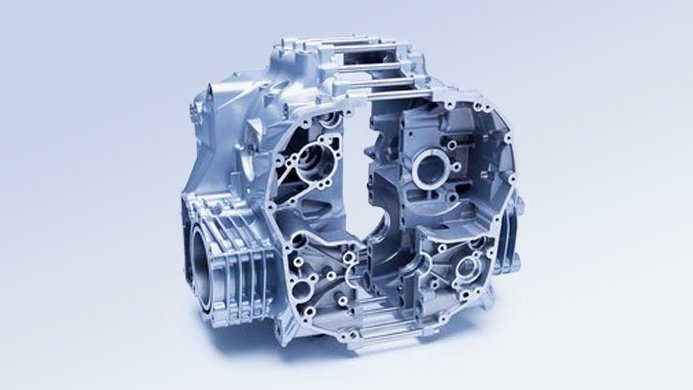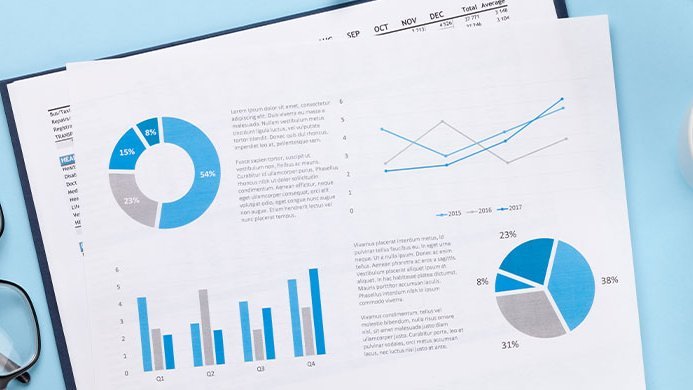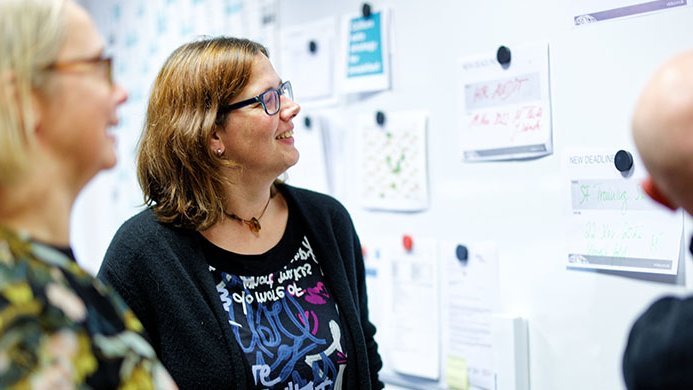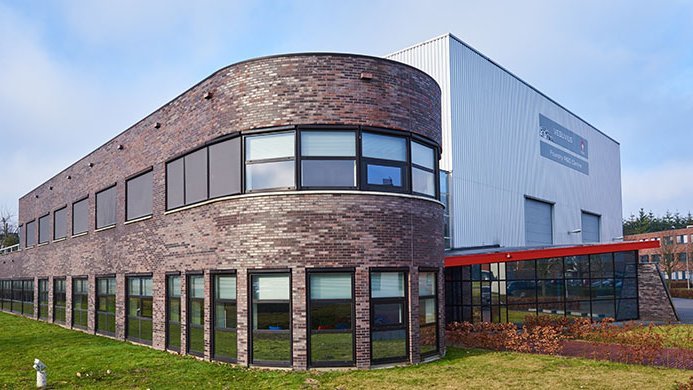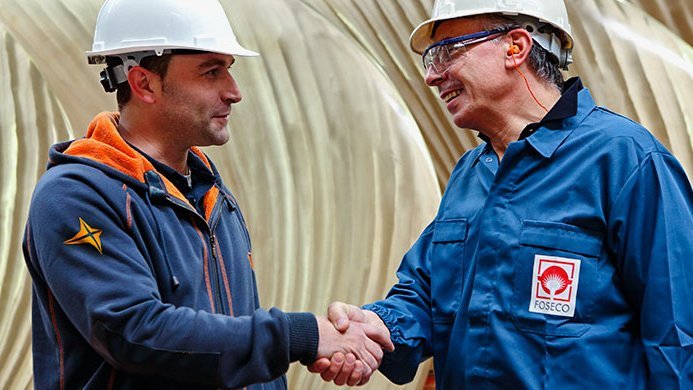
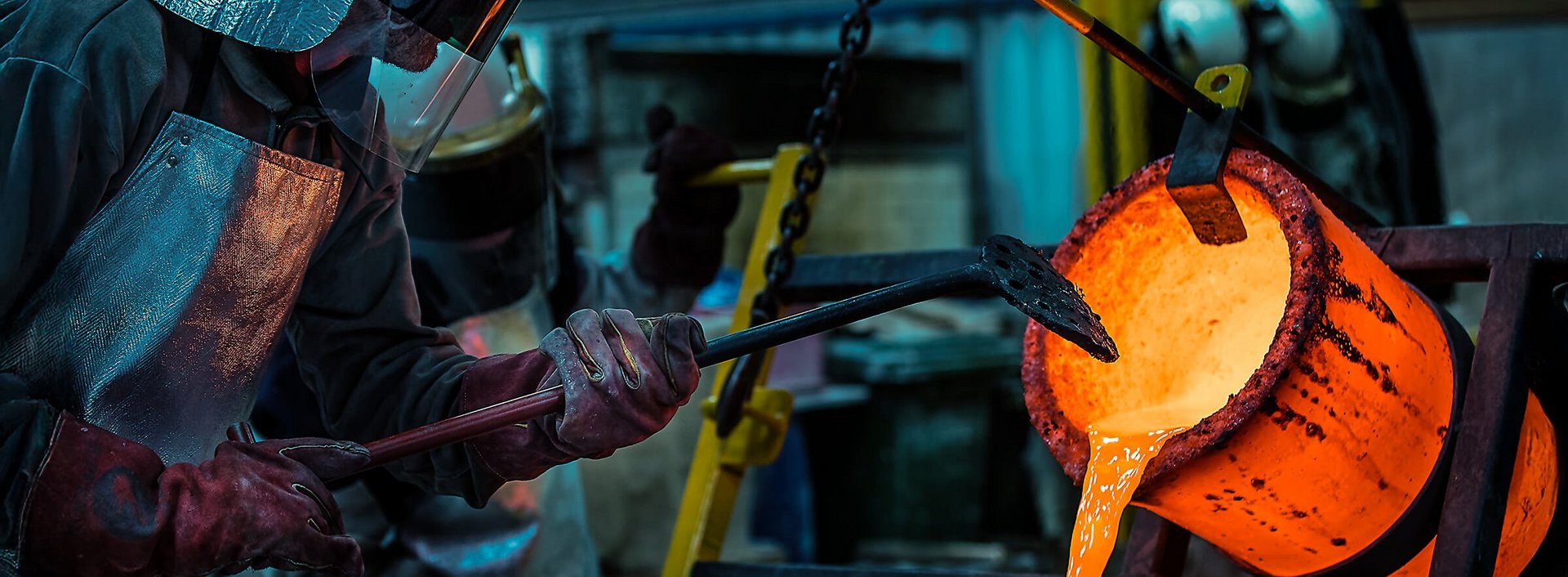
Metal casting processes: an overview
What is metal casting?
Metal casting transforms solid metal into liquid form, then reshapes it into precise components by pouring the molten material into moulds. This fundamental manufacturing process has remained largely unchanged for over 5,000 years, dating back to copper smelting operations in Mesopotamia around 5000–4500 BCE. Artisans developed increasingly sophisticated techniques over millennia—the Mesopotamian copper frog, created over 3,200 years ago in what is now Iraq, demonstrates the complexity early metalworkers achieved with their moulds.
The process follows three core steps: heating metal or alloy until liquefied, pouring the molten material into a mould cavity, and extracting the solidified part once it cools. This straightforward approach scales from small jewellery components to industrial machinery parts weighing several tons.
Casting allows the cost-effective mass production of complex parts that would be difficult or uneconomical to make in any other way. It is thus is foundational to the industrial processes that underpin modern ways of life. From generating the electricity needed to keep the lights on, to the utensils and appliances used for cooking, and pretty much all forms of transportation (to name only a few examples) castings play an essential role.
What metals are cast?
More than 100 million tonnes of castings are produced every year with China predominating production. Ferrous castings (iron in various forms, and steel) dominate the casting market. Aluminium-based castings make up much of the remainder, with volumes expected to continue to rise. Copper is the only other metal to account for more than 1 million tonnes of castings annually, while zinc and magnesium also form small but important market segments.1
Types of casting processes
Although conceptually simple, in practice casting is a complex science. Best results depend on a range of factors, which help determine the type of casting process used for any particular application. Casting processes are generally categorised by the type of mould used, which can be either expendable or permanent.
Expendable mould processes use a mould that is broken-up to release the metal part after solidification. Expendable mould processes generally allow the casting of more complex shapes, but production rates are limited by the need to re-make the moulds after each casting. In contrast, permanent mould processes use a re-usable mould, also known as a die. Permanent mould processes lend themselves to high-speed, high-capacity automated production lines; however, the geometrical complexity of casting is limited by the need to open the mould to release the piece.
Follow the links below for a detailed description of each casting process, what it’s used for, and the pros and cons.
References
1 Based on the 2021 Census of World Casting Production published by Modern Casting (December 2021).

